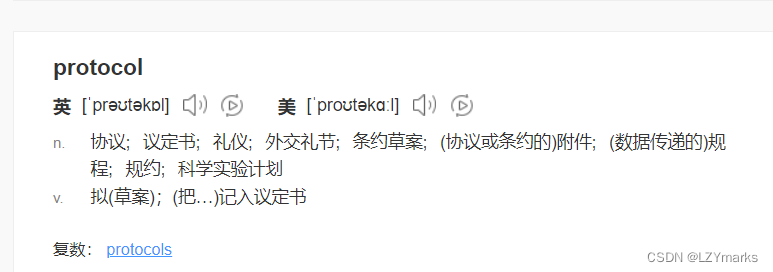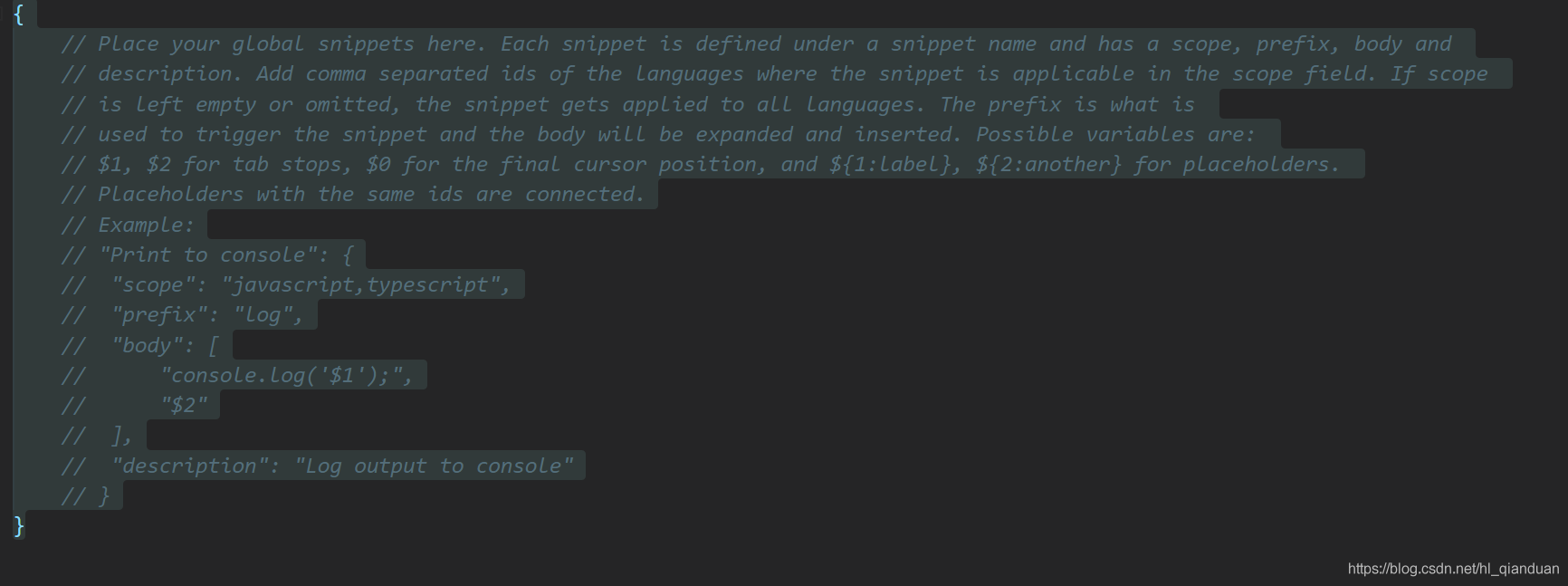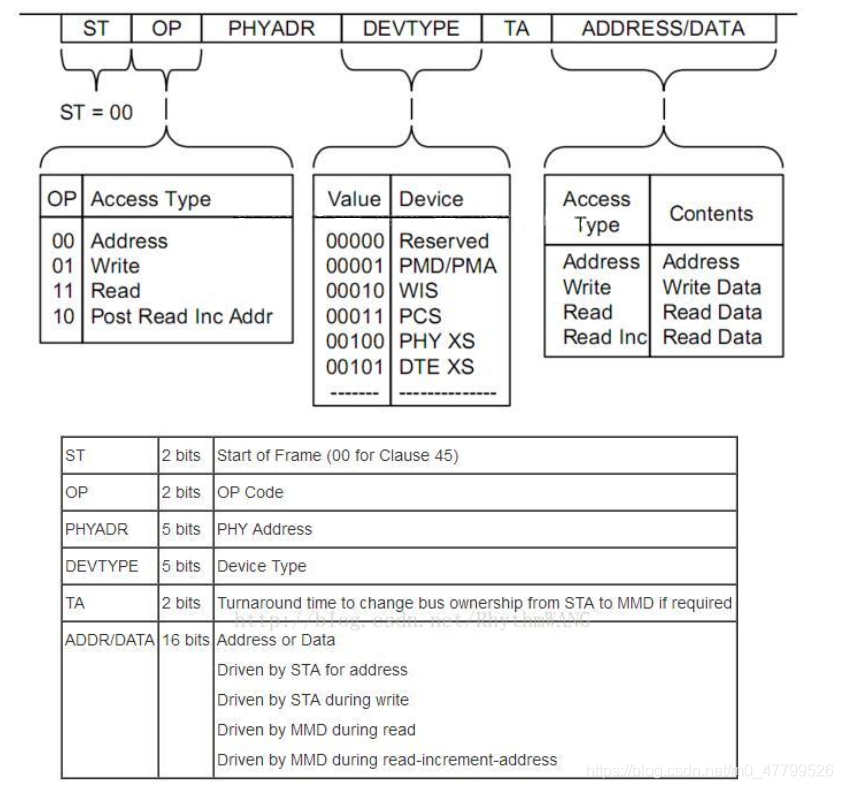当前位置:网站首页>Special training of C language array
Special training of C language array
2022-07-05 06:50:00 【An embedded enthusiast】
C Special training of language array
The first question is
If there is a statement char s1[10], s2[10] = {“books”}; The string books Store in array s1 The correct sentence for is ( )
A、strcpy(s1, s2);
B、s1 = {“books”};
C、s1 = s2;
D、strcpy(s2, s1);
answer :A
analysis : The array name represents the first address of the array , It's an address constant , So you can't assign values to array names ,C error .strcpy The function prototype is as follows
char *strcpy(char *dest, const char *src)
The second question is
The linear table is ________.
A、 A finite sequence , Can be null
B、 A finite sequence , Do not be empty
C、 An infinite sequence , Can be null
D、 An infinite sequence , Do not be empty
answer :A
analysis : Linear lists include linked list arrays , Arrays are finite , Linear tables can be initialized to null , When there are no elements in the linear table , Is an empty table .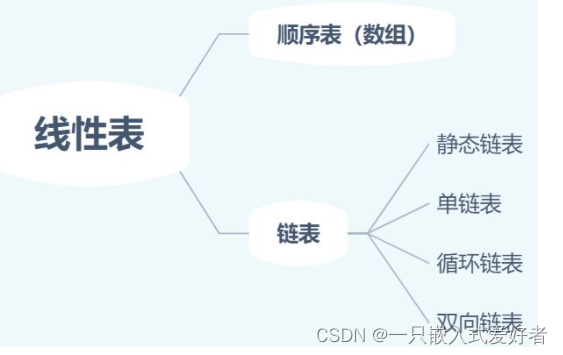
Recommended reading : Logical structure and physical structure
Third question
Which of the following correctly defines a one-dimensional array .()
A、char a[] = {‘0’, ‘1’, ‘2’, ‘3’, ‘\0’};
B、char a = {‘A’, ‘B’, ‘C’};
C、int a[] = “0123”;
D、int a[3] = {0, 1, 2, 3};
answer :A
analysis :B In the options a Not defined as an array , It's characters , Will make mistakes ;C Option integer array cannot be assigned string ;D The number of initial values defined by the option exceeds the length of the array ;
Fourth question
The keyword sequence with sequence table is {1,4,6,10,18,35,42,53,67,71,78,84,92,99}, When the binary search method is used, the key value is 35 When the node of , the () Search succeeded after comparison .
answer :4
analysis :
The first 1 Time
1,4,6,10,18,35,42,53,67,71,78,84,92,99
left=0,right=13,mind=6; mid The value is 42, Too big
The first 2 Time
1,4,6,10,18,35,42,53,67,71,78,84,92,99
left=0,right=5,mind=2; mid The value is 6, Too small
The first 3 Time
1,4,6,10,18,35,42,53,67,71,78,84,92,99
left=3,right=5,mind=4; mid The value is 18, Too small
The first 4 Time
1,4,6,10,18,35,42,53,67,71,78,84,92,99
left=5,right=5,mind=5; mid The value is 35, eureka
Fifth question
There are two general compression storage methods for sparse matrix , namely ()
A、 Two dimensional array and three-dimensional array
B、 Triples and hashes
C、 Triples and cross linked lists
D、 Hash and cross linked list
answer :C
analysis : A triple is an element that holds three pieces of information , Row numbers in the matrix , Column number and value , In this way, the value of 0 The elements of , Achieve compression . Cross linked list is equivalent to the set of adjacency table and inverse adjacency table , In an element, the values, the outgoing and incoming tables are stored , In this way, there is no need to store a large number of 0 Elements , And finding the incoming node of a node is as fast as finding the node .
A two-dimensional cross linked list is a list of elements that link left and right horizontal neighbors and up and down vertical neighbors at the same time .
Typically used for sparse matrix storage , Each element of the matrix is the following five tuples :
typedef struct OLNode
{
int LineNumber, ColumneNumber; // Line and column numbers
ElemType value; // value
struct OLNode *right, *down; // Colleague 、 Pointer to the next element in the same column
} OLNode, *OList;
Sixth question
Of the following options , Which option correctly defines a two-dimensional array ()
A、char a[2][2] = ‘a’, ‘b’, ‘c’, ‘d’;
B、int a[][] = { {1, 2, 3}, {4, 5, 6}};
C、int a[2][] = {1, 2, 3, 4, 5, 6};
D、int a[][4] = {1, 2, 3, 4, 5, 6};
answer :D
analysis : When defining a character array, it is not allowed to directly use “ character constants ” Give initial value in the way of ,C Language policy , It is not allowed to omit the length of the second dimension when defining a two-dimensional array , So options A、B、C error . It is allowed to omit the length of the first dimension when defining a two-dimensional array , So options D correct .
Question seven
It is known that int a[3][4]; Then the following can mean a[1][2] The value of the element is ()
A、*( *(a+1)+2)
B、 *(a+1+2)
C、(&a[0]+1)[2]
D、 *(a[0]+1)
answer :A
analysis : In a two-dimensional array , The array name is the address of the first array , Note that there a Not the address of the first element , It's the address of the first dimension array ,a[0][0] Is the address of the first element of the one-dimensional array . Address + 1 Move down one layer .
A, a It's a secondary pointer , Not a first level pointer ,*(a+1) The address of the second array of the
B, * (a+1+2) be equal to *(a+3), It's a int *, It means No 4 An array a[3] The address of , and **(a+3) Express a[3][0] Value , *((int *)(a+3)) It can also express a[3][0] Value
C. (&a[0]+1) It means No 2 An array a[1] The address of ,(&a[0]+1)[2] It's actually an array a[3] The address of , Change to ((int *)(&a[0]+1))[2] That's right
D. *(a[0]+1) yes a[0][1] Value
The eighth question
What results will be output by executing the following code snippet .()
int a[][3] = {
1, 2, 3, 4, 5, 6, 7, 8, 9};
char k;
for (k = 0; k < 3; k ++)
printf("%d ",a[k][2-k]);
A、1 3 5
B、3 5 7
C、3 6 9
D、 Compilation error or nothing else
answer :B
analysis : A two-dimensional array must specify the number of columns , The topic has been specified and does not cross the boundary , So there's no mistake .
a[0][0]=1 a[0][1]=2 a[0][2]=3
a[1][0]=4 a[1][1]=5 a[1][2]=6
a[2][0]=7 a[2][1]=8 a[2][2]=9
for Loop output a[0][2]=3 a[1][1]=5 a[2][0]=7
Question 9
int A[2][3]={1,2,3,4,5,6}; be A[1][0] and *(*(A+1)+1) The values of ()
A、4 5
B、4 3
C、3 5
D、3 4
answer :A
analysis : Array A altogether 2 That's ok 3 Column , The first 0 Behavior 123, The first 1 Behavior 456.A[1][0] For the first time 1 Xing di 0 Column number 4. * (A+1) Point to array number 1 Xing di 0 Elements , * (A+1)+1 Point to array number 1 Xing di 1 Elements , Retake * It is the first 1 Xing di 1 The value of the elements 5, Therefore 4,5.
Question 10
The following statement is correct ()
A、 An array that is more than two dimensions is actually a special generalized table
B、 Once the array is created , The number of elements of the structure and the physical storage relationship between elements will not change
C、 Arrays are linear structures , Therefore, it can only be used to store linear tables
D、 Arrays are represented by sequential storage
answer :A B D
analysis : On this subject , We need to distinguish between the physical and logical structure of the data . Physical structure mainly refers to storage mode , Including linear storage and chain storage , It is considered from the perspective of computer storage . Logical structure refers to the relationship between data , There are linear relations and chain relations , Mainly from the perspective of artificial definition . An array is a table defined as a linear relationship , As for its storage structure , It can be stored by linear storage or chain storage .
Recommended reading : Logical structure and physical structure
Eleventh questions
边栏推荐
- *P++, (*p) + +, * (p++) differences
- 基于FPGA的一维卷积神经网络CNN的实现(八)激活层实现
- H5 模块悬浮拖动效果
- Knapsack problem acwing 9 Group knapsack problem
- NVM Downloading npm version 6.7.0... Error
- Time is fast, please do more meaningful things
- 2022年中纪实 -- 一个普通人的经历
- How to correctly ask questions in CSDN Q & A
- Speedtree01 generator properties
- Error: "mountvolume.setup failed for volume PVC fault handling
猜你喜欢
随机推荐
Idea debug failed
Ret2xx---- common CTF template proposition in PWN
Positive height system
Inclusion exclusion principle acwing 890 Divisible number
Utf8 encoding
namespace
GDB code debugging
ROS2——工作空间(五)
The “mode“ argument must be integer. Received an instance of Object
Redis-01. First meet redis
Genesis builds a new generation of credit system
testing framework
'mongoexport 'is not an internal or external command, nor is it a runnable program or batch file.
代码中的英语全部
VLAN experiment
ROS2——ROS2对比ROS1(二)
How to correctly ask questions in CSDN Q & A
In C language, int a= 'R'
Find the combination number acwing 887 Find combination number III
Configuration method and configuration file of SolidWorks GB profile library
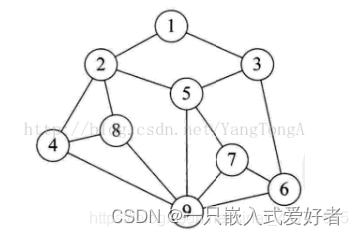


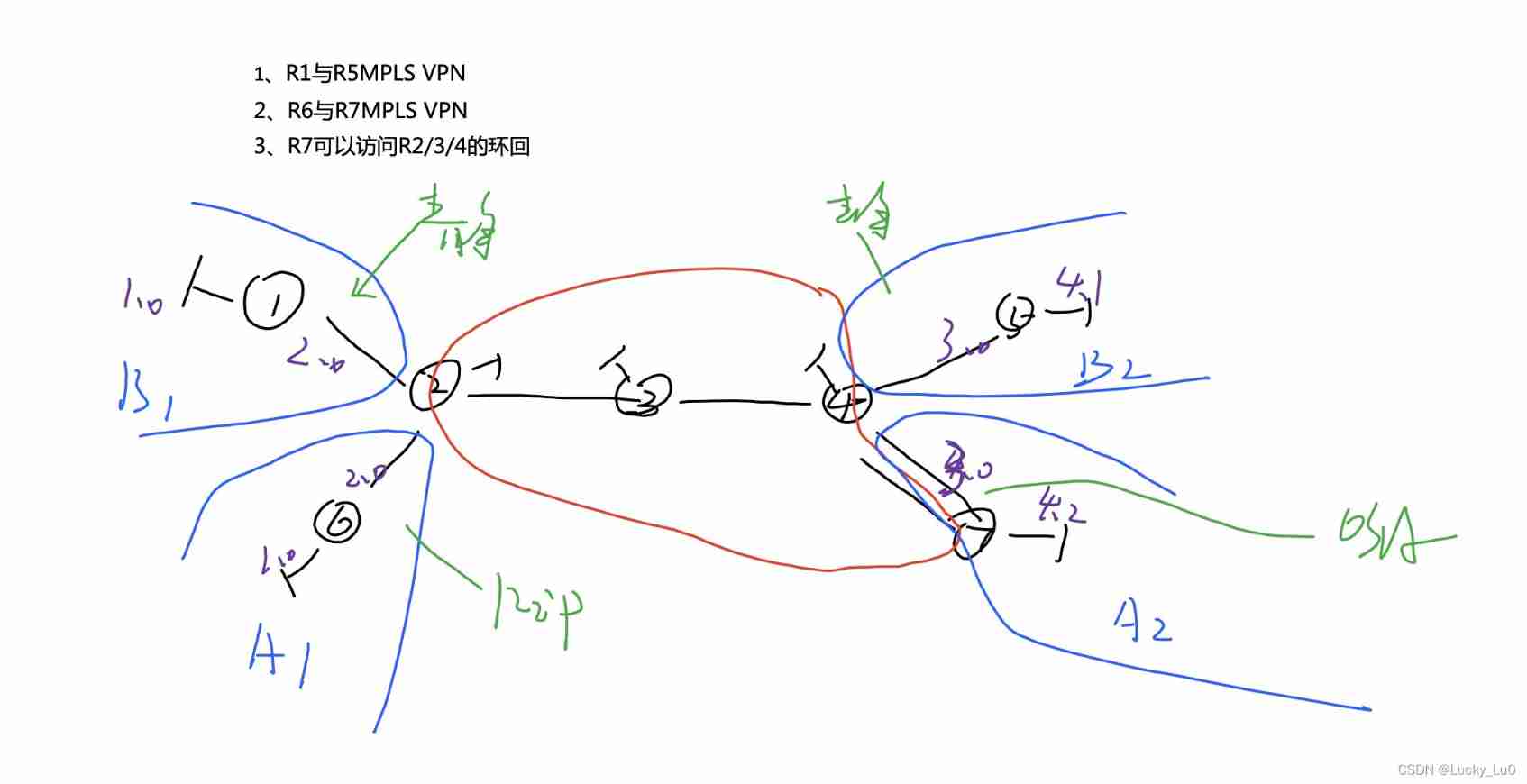
![[algorithm post interview] interview questions of a small factory](/img/62/6e330b1eba38f2dc67b21a10f0e2a8.jpg)
